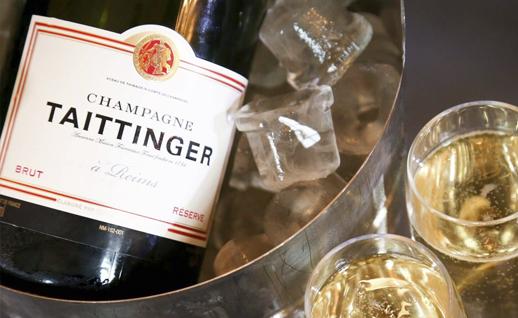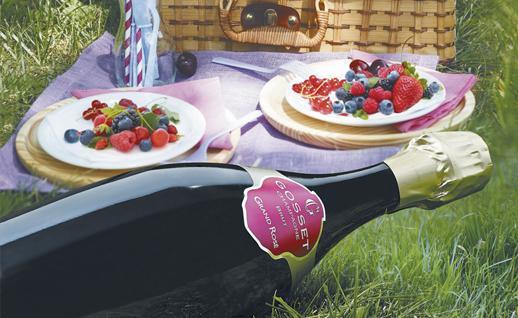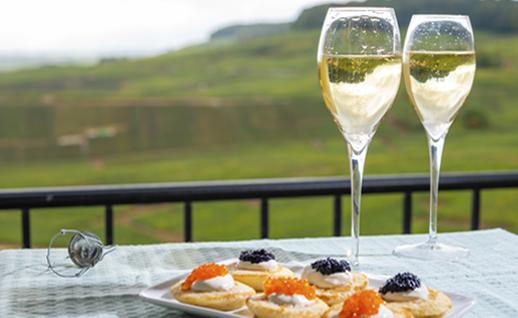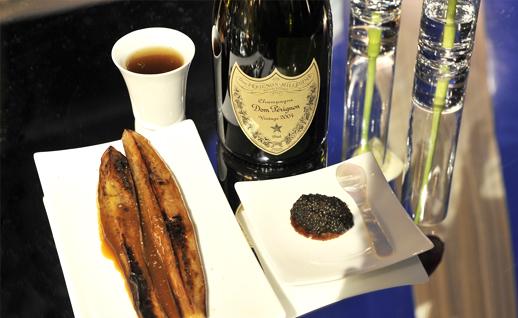Champagne and Food Pairing
Champagne is often served as an aperitif as well as for toasts on special occasions. Champagne is often overlooked when it comes to food and wine pairing but due to Champagne’s natural acidity it works superbly with a variety of different foods.
Champagne can be made from three different grape varieties; Pinot Noir and Pinot Meunier (red grapes) and Chardonnay (white grape).


Non-Vintage Champagne
Most of the Champagne produced today is Non-Vintage that is the blended product of grapes from multiple vintages. Typically grapes from a single year vintage will form the base of the blend (ranging from 15% to up to 40%). Non-vintage Champagne tends to be younger and often fruiter than other Champagnes, it is a perfect match to slightly lighter foods, such as egg or mushroom based dishes, pasta or risotto with a cream or mushroom sauce, vegetables, fish and seafood.


Rosé Champagne
Rosé Champagne pair extremely well with seafood dishes including prawns and lobster, or slightly pinker meats such as lamb, ham and game. Rose Champagne is also an ideal accompaniment to red berry dishes, rich in fruit.


Blanc de Blancs Champagne
Blanc de Blancs is a Champagne made exclusively from the Chardonnay grape. This style of Champagne pairs well with lighter foods such as sushi, oysters and gently flavoured white fish. With a little age, Blanc de Blancs pairs well with creamier dishes and goats cheese.


Vintage Champagne
Vintage Champagne is made from a blend of wines from a particular year, when the quality of the wine is good enough to declare a vintage. As the wine has been aged for a few years, it’s slightly more complex than a non-vintage Champagne, so can stand up to stronger, fuller flavours. Fish and seafood work well with vintage Champagne especially when accompanied with a creamy sauce. Lightly smoked meats, cheese, duck, caviar and poultry with a rich sauce are also wonderful pairings with vintage champagne.
